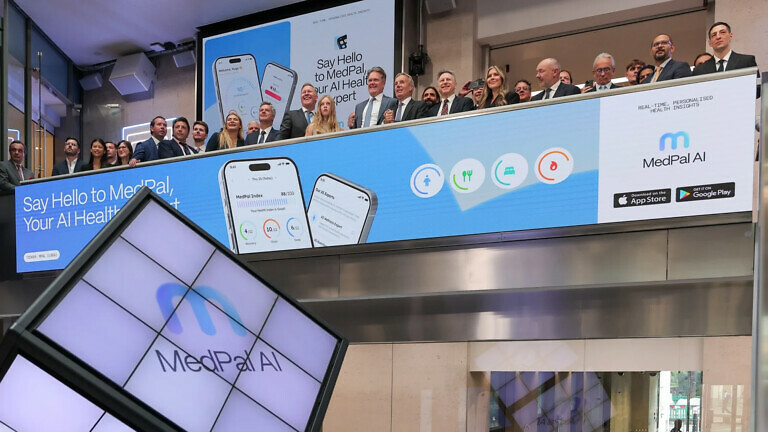The government has already launched a £150 million procurement drive for AI tools to make the NHS more efficient and save money.
This week, the government announced a plan to leverage technology and AI tools in an effort to streamline public services, eliminate delays through improved data sharing, and reduce £45 billion in costs, including consultant spending.
“Sluggish technology has hampered our public services for too long, and it’s costing us all a fortune in time and money,” said science secretary Peter Kyle referring to a review published in mid-January.
The changes will see a new team, housed in the Department for Science, Technology and Innovation (DSIT), cut across Whitehall barriers to join up public services.
Detailing priorities for the use of technology across government, a digital and AI roadmap will be published in the summer aligned with the second phase of the spending review.
A new team will start by looking at services offered to people with long-term health conditions or disabilities – who on top of dealing with their conditions – potentially have to interact with more than 40 different services provided across nine organisations from healthcare to local authorities.
“We will use technology to bear down hard to the nonsensical approach the public sector takes to sharing information and working together to help the people it serves,” Kyle said.

A bundle of tools
A team of expert AI developers from DSIT has built a package of tools to speed up the work of civil servants and make them deliver ministerial plans more quickly.
Across Whitehall, the bundle of tools will be known as “Humphrey”, named after the fictional Whitehall official from the BBC comedy Yes, Minister.
These tools include Consult, which analyses the responses that government consultations receive. It can then present makers and experts with interactive dashboards to explore what the public is saying.
Currently, this process is outsourced to consultants and analysts who can take months to consolidate responses, before billing the taxpayer around £100,000 every time, the government said in a statement.
Other tools include Parlex which helps policymakers search through and analyse debate from the Houses of Parliament to help them manage bills through the Commons and the Lords; Minute, a secure AI transcription service for meetings which is already used by many central departments in meetings with ministers and is in trials with local councils; Redbox, a generative AI tool designed to summarise policy and prepare briefings; and Lex which provides analysis and summarisation of relevant laws for specific issues.
“In this next phase of AI development, we want Britain to step up; to shape the AI revolution rather than wait to see how it shapes us,” noted Kyle in the introduction to the government’s AI opportunities action plan, also published in mid-January.

Analogue to digital
“We are bringing our analogue NHS into the digital age. Our plan for change will rebuild our NHS, put patients in control of their own healthcare and arm staff with the latest groundbreaking technology,” said health and social care secretary Wes Streeting.
The government is moving quickly. It has already launched a £150 million procurement drive for six fields of artificial intelligence that can be used by the NHS.
The first covers radiology and diagnostic imaging. It is focused on technologies that use AI algorithms to analyse medical imaging for rapid diagnosis specifically, it says “to detect strokes, asymptomatic conditions, future diseases, suspicious areas, small tumours or subtle abnormalities when time is of essence.”
The second is to analyse digital slides from biopsies, tissue, cells, blood, and bone marrow to help detect cancer and other diseases which will speed up workflow in pathology labs.
The third is for solutions that focus on patient care, specifically to predict the number of patients likely to be admitted in the coming days or weeks.
“Predictive analytics can help healthcare organisations estimate future healthcare costs allowing better budget management and financial planning. The system sends a notification when a risk is identified alerting healthcare professionals to intervene before a patient requires admission. It optimises bed management by predicting discharge dates, this ensures that beds are available for incoming patients, reducing wait times,” the procurement document explains.
The next is for solutions that focus on transforming drug discovery as well as the design and management of clinical trials.
The fifth solution is dubbed “operational efficiency”. By this, the procurement document means using AI algorithms to determine optimal staffing levels of hospitals, especially during peak times as well as predicting when maintenance is needed for medical equipment to ensure that everything is always operational and streamlining procurement processes by automating orders.
The final field concerns AI consultancy, specifically the implementation and training services that will support the NHS and the wider public sector organisations in their attempt to adopt smart technology.
Proposals are to be submitted by 21 February.
As Streeting said: “By embracing technological advancements, we can both make substantial savings for the taxpayer and build a health service fit for the 21st century.”



